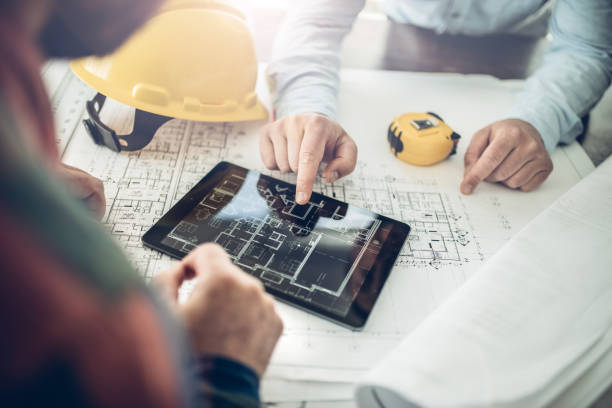In recent years, Virtual Reality (VR) has moved beyond its roots in gaming and entertainment to make significant inroads into various industries, including architecture, engineering, and product design. One of the most transformative applications of VR is in the realm of Computer-Aided Design (CAD). By integrating VR with CAD, designers and engineers are experiencing a revolution in how they create, visualize, and iterate on their designs.
Enhanced Visualization and Immersion Traditional CAD tools provide designers with the ability to create detailed models of their projects. However, these models are typically viewed on 2D screens, which can limit the perception of depth and scale. VR overcomes this limitation by immersing designers in a three-dimensional environment where they can interact with their designs in a more natural and intuitive way. With VR, designers can walk through virtual buildings, inspect products from every angle, and even see how parts fit together in a simulated real-world environment. This enhanced visualization helps in identifying potential design flaws early in the process, reducing costly revisions later.
Improved Collaboration Collaboration is a crucial aspect of the design process, often requiring input from multiple stakeholders, including clients, engineers, and other designers. VR facilitates improved collaboration by allowing multiple users to interact with the same virtual model simultaneously, regardless of their physical location. This capability enables real-time feedback and discussion, making it easier to align on design goals and make decisions faster. Stakeholders can experience the design as if they were physically present, leading to a deeper understanding and more effective communication of ideas.
### Faster Prototyping and Iteration The design process often involves creating multiple prototypes and iterations to refine a product or structure. VR accelerates this process by allowing designers to quickly test and modify their designs in a virtual space. Changes can be made in real-time, and the effects can be immediately visualized and assessed. This rapid prototyping capability reduces the time and cost associated with physical prototyping. Designers can experiment with different materials, shapes, and configurations without the need for physical models, speeding up the innovation cycle.
Enhanced Training and Education VR is also proving to be a valuable tool for training and education in the field of CAD. By immersing students and trainees in a virtual environment, VR provides hands-on experience with complex design tools and concepts. This interactive learning approach enhances understanding and retention, preparing the next generation of designers and engineers with the skills they need. Additionally, VR can simulate real-world scenarios and challenges, giving trainees a safe environment to practice problem-solving and decision-making. This practical experience is invaluable in developing the competencies required for successful careers in design and engineering.
Real-World Applications Several industries are already leveraging the power of VR in CAD with remarkable results. In architecture, VR allows clients to take virtual tours of buildings before they are constructed, providing a realistic sense of space and scale that traditional blueprints cannot offer. In automotive design, engineers use VR to visualize vehicle components and assemblies, improving ergonomics and functionality. In product design, companies create virtual prototypes to test usability and aesthetics before committing to physical production.
Challenges and Future Directions Despite the numerous advantages, integrating VR with CAD is not without challenges. High-quality VR systems can be expensive, and there is a learning curve associated with adopting new technologies. Additionally, the need for powerful hardware to run complex simulations can be a barrier for some organizations. However, as technology continues to advance and become more accessible, these challenges are likely to diminish. The future of VR in CAD looks promising, with potential developments such as more intuitive user interfaces, enhanced haptic feedback, and even more realistic simulations on the horizon.
Conclusion The influence of VR on CAD is profound, offering enhanced visualization, improved collaboration, faster prototyping, and better training opportunities. As VR technology continues to evolve, its integration with CAD will likely become even more seamless and powerful, driving innovation and efficiency in design and engineering. Embracing VR in CAD is not just about staying ahead of the curve—it’s about redefining the way we create and interact with the world around us.


